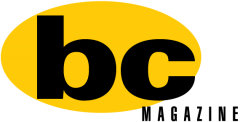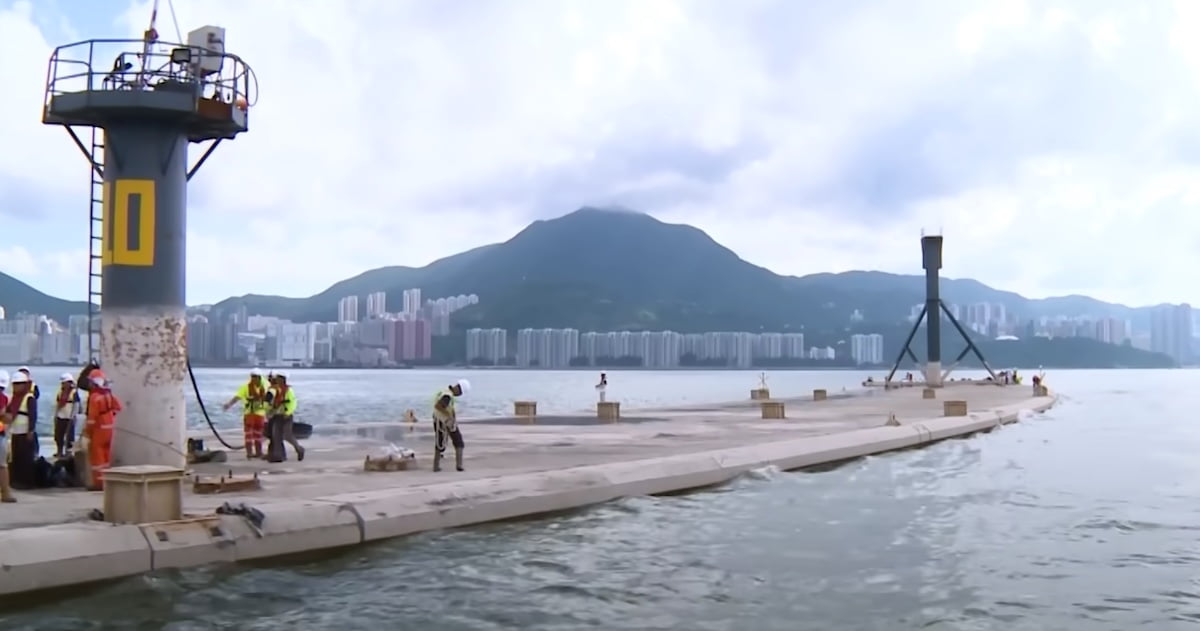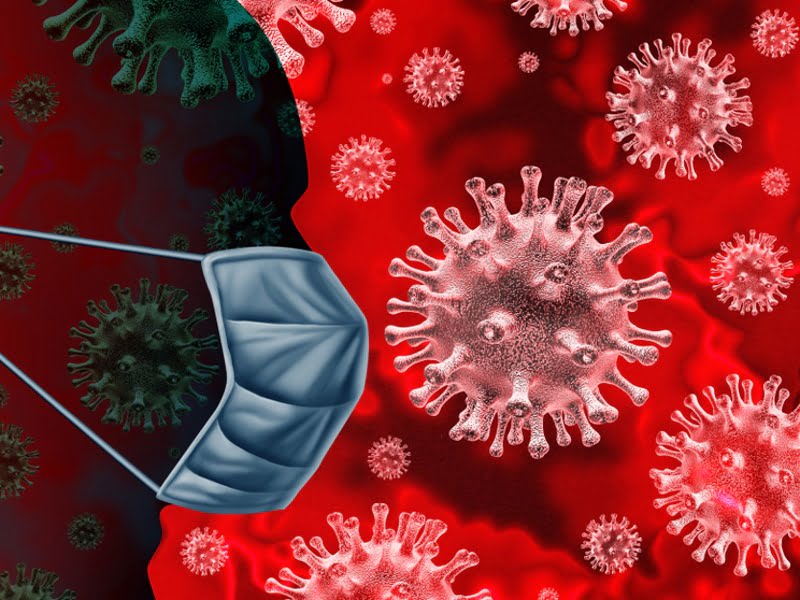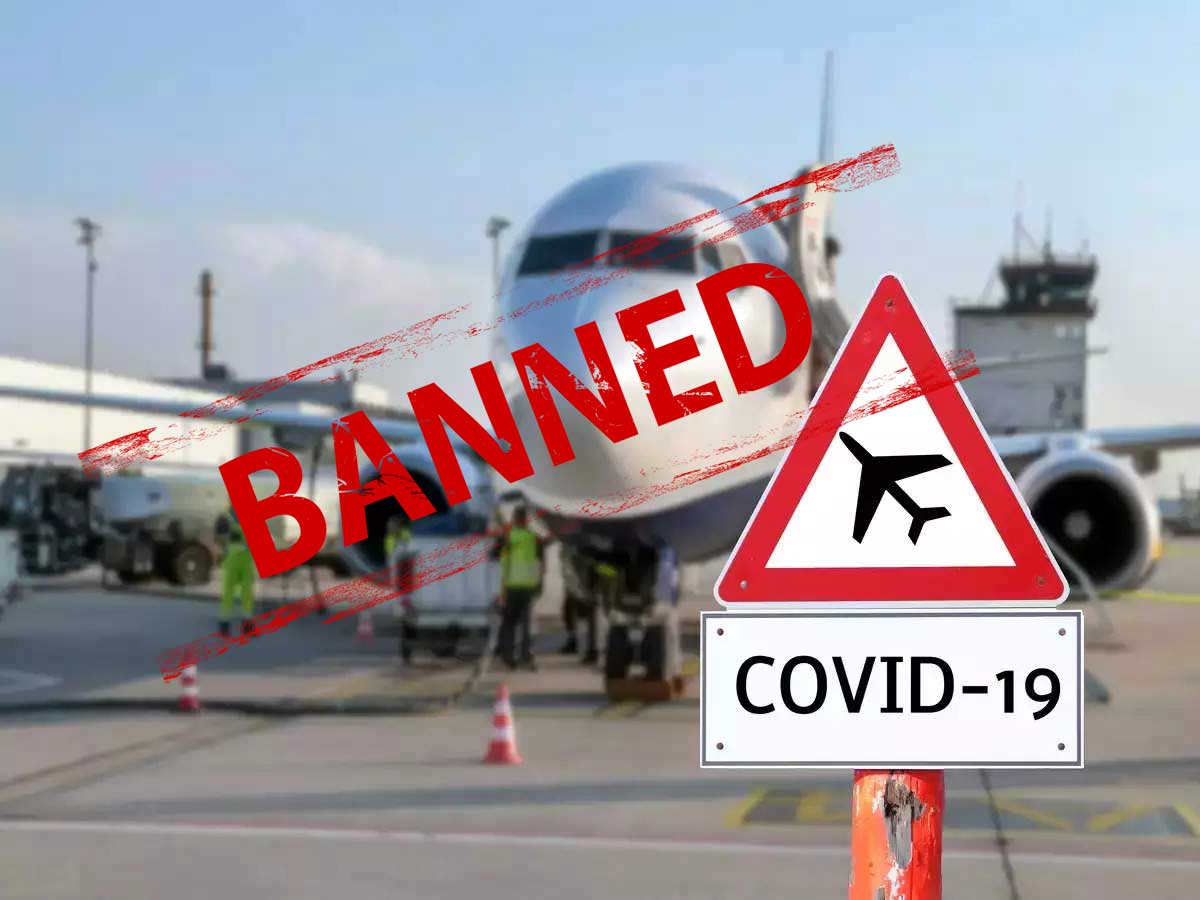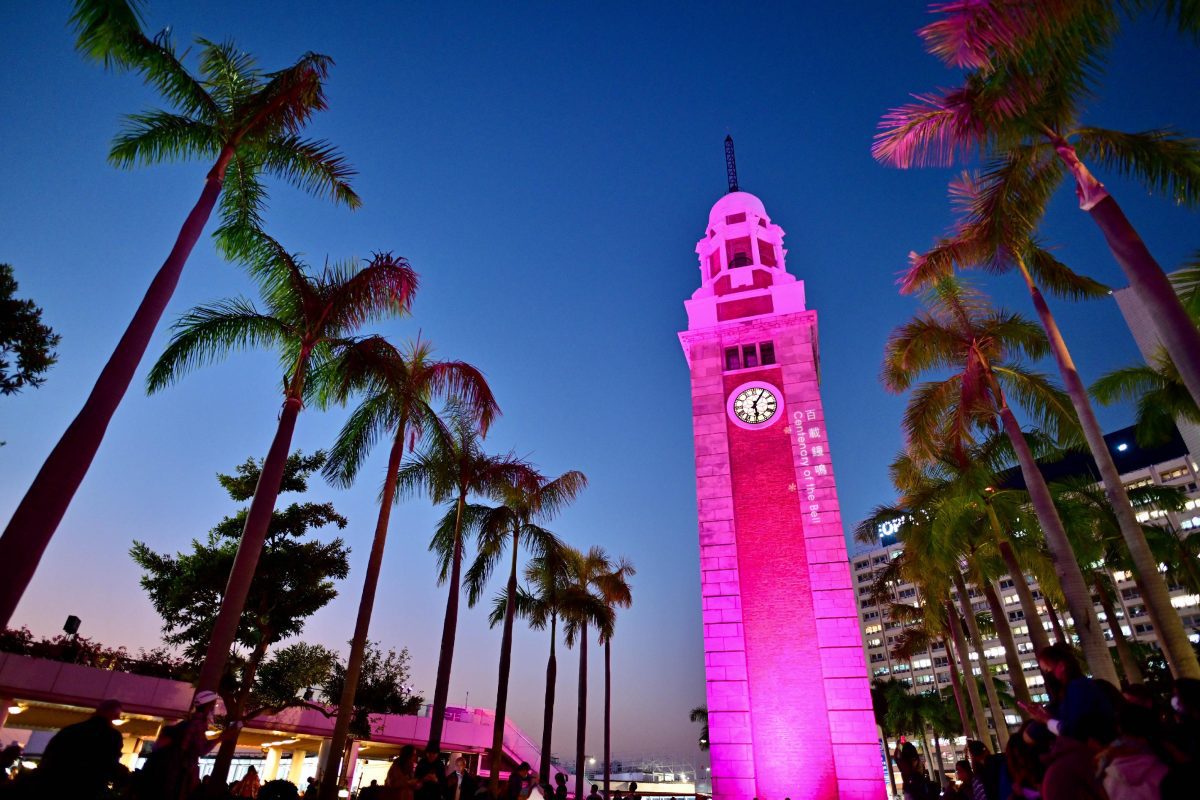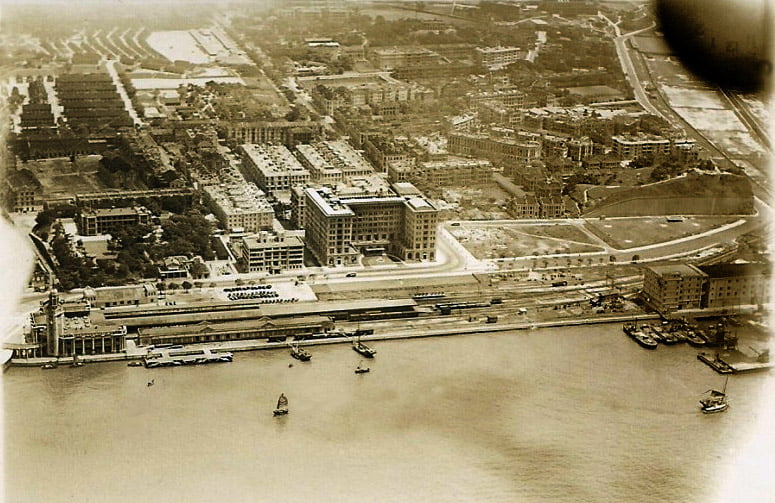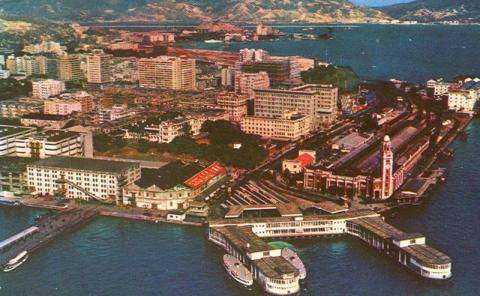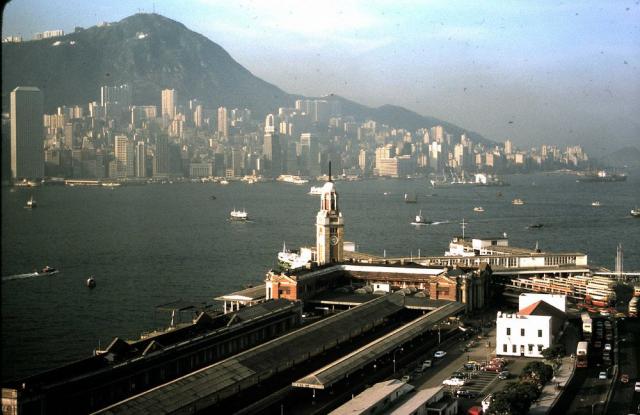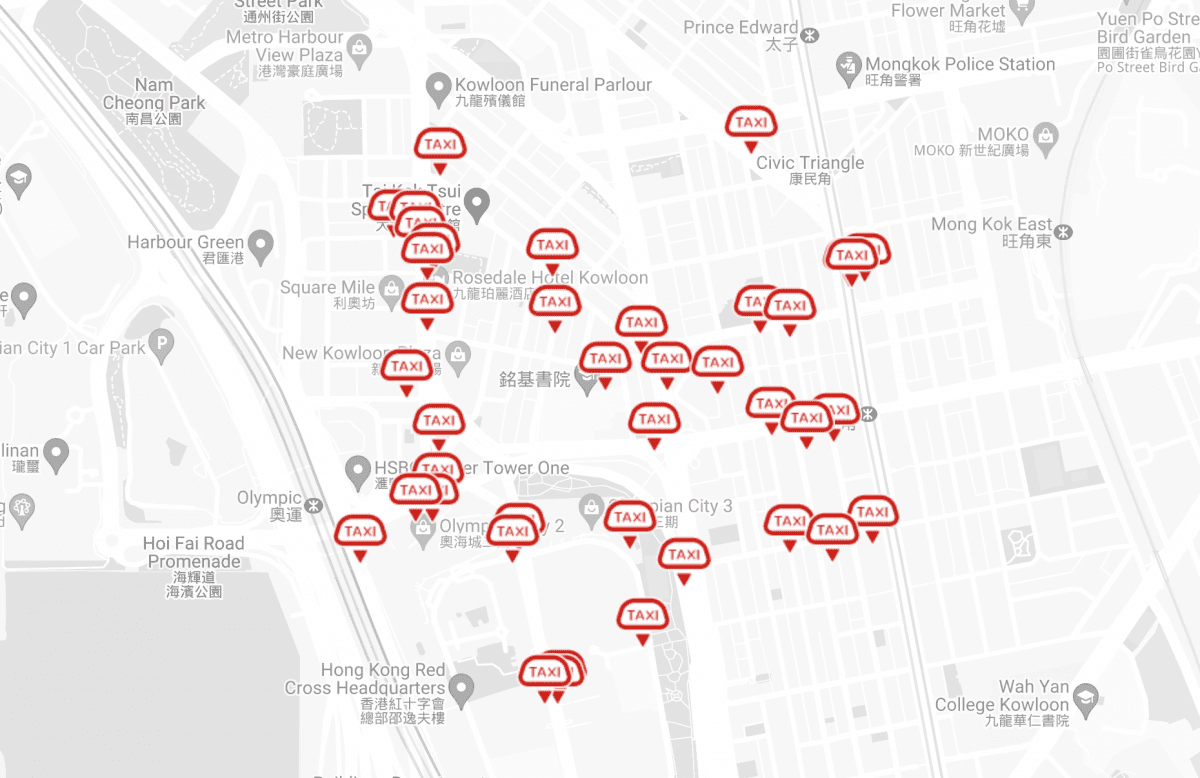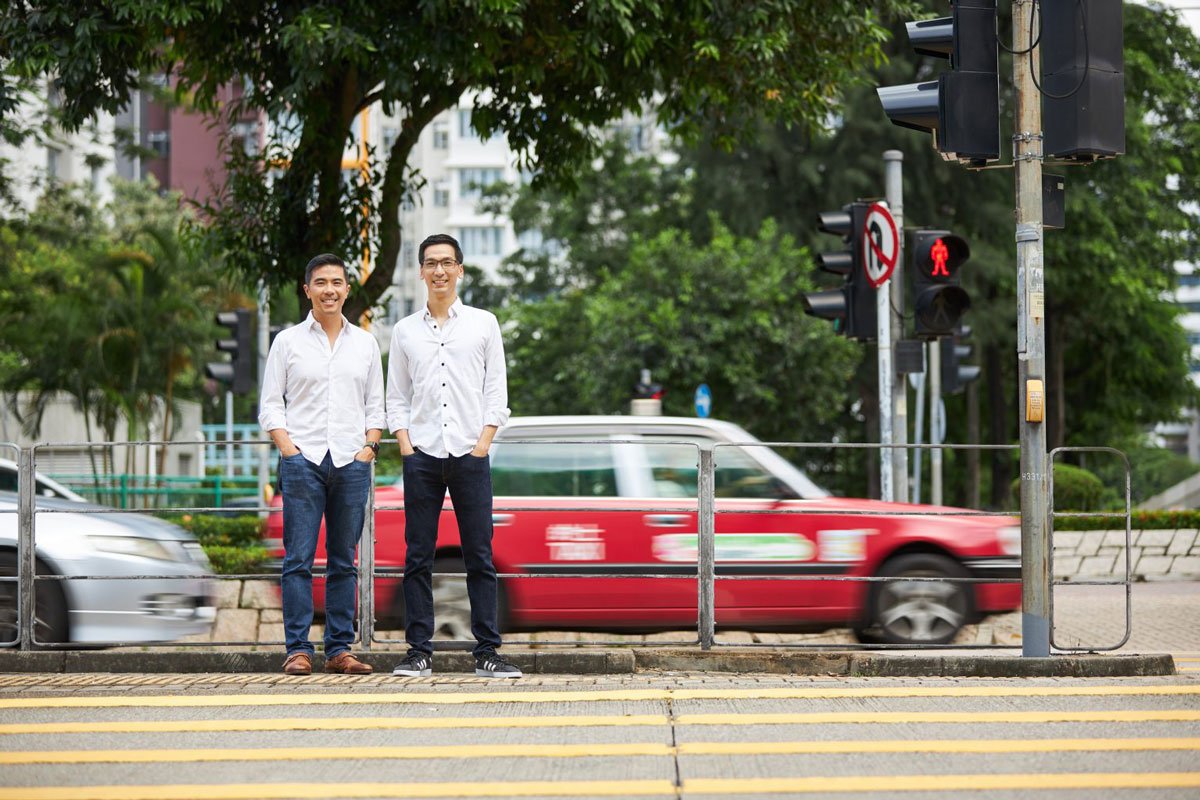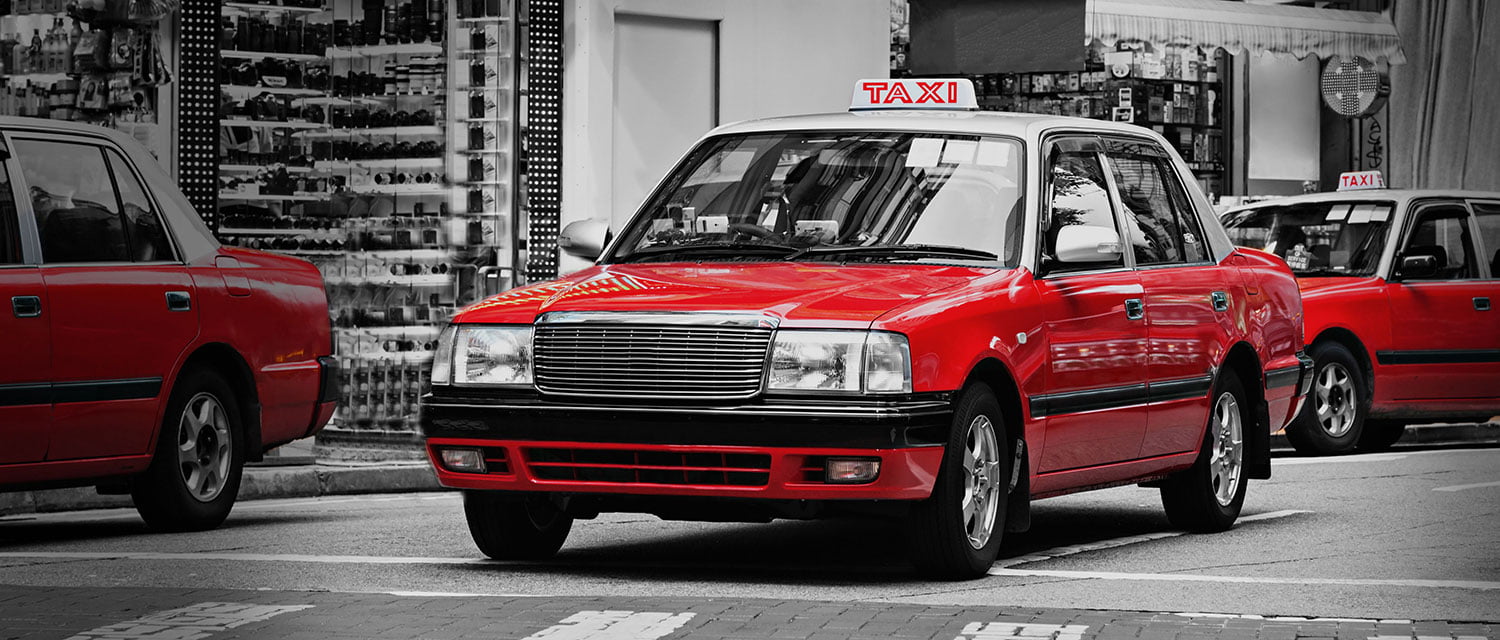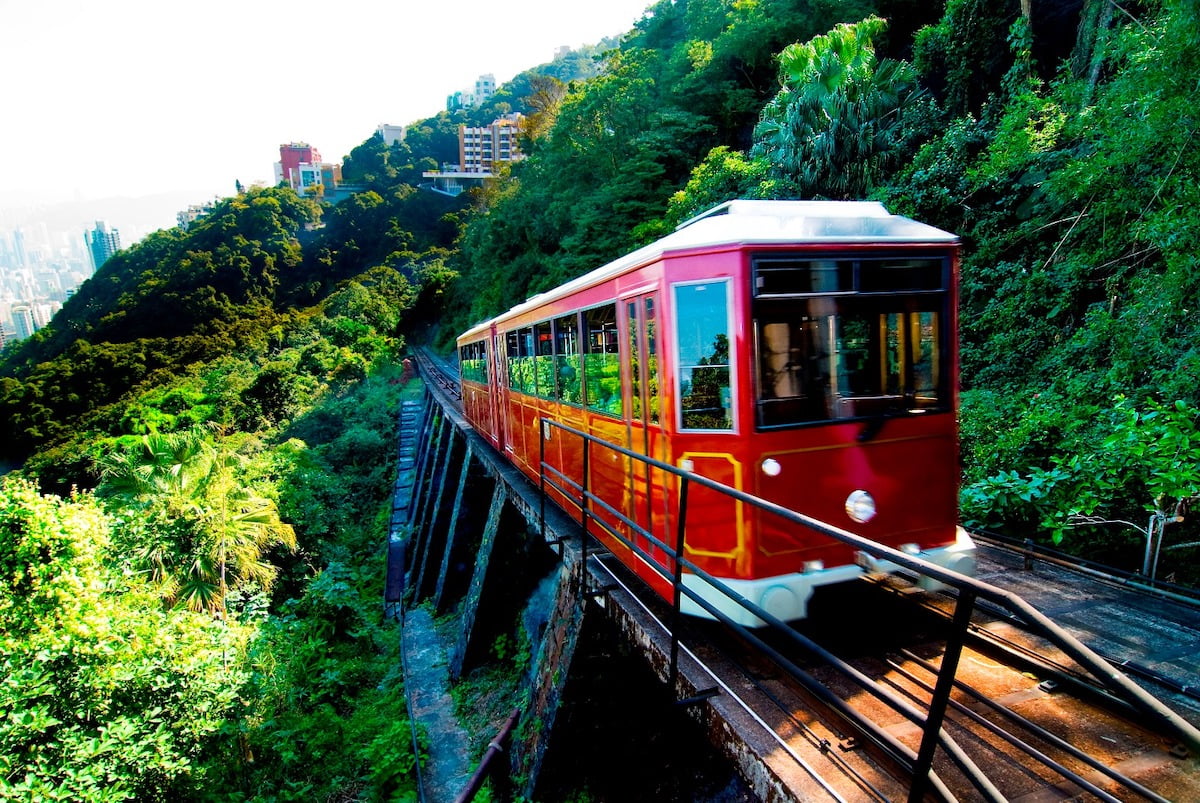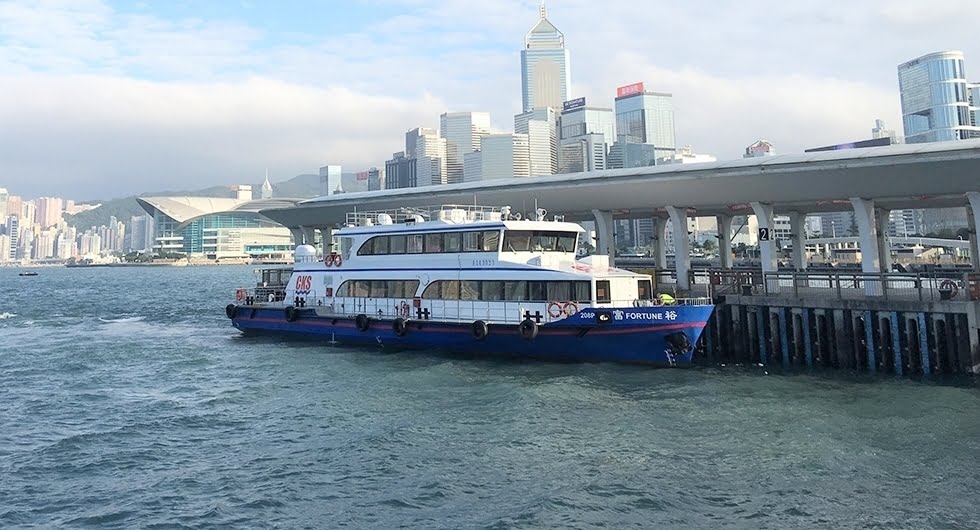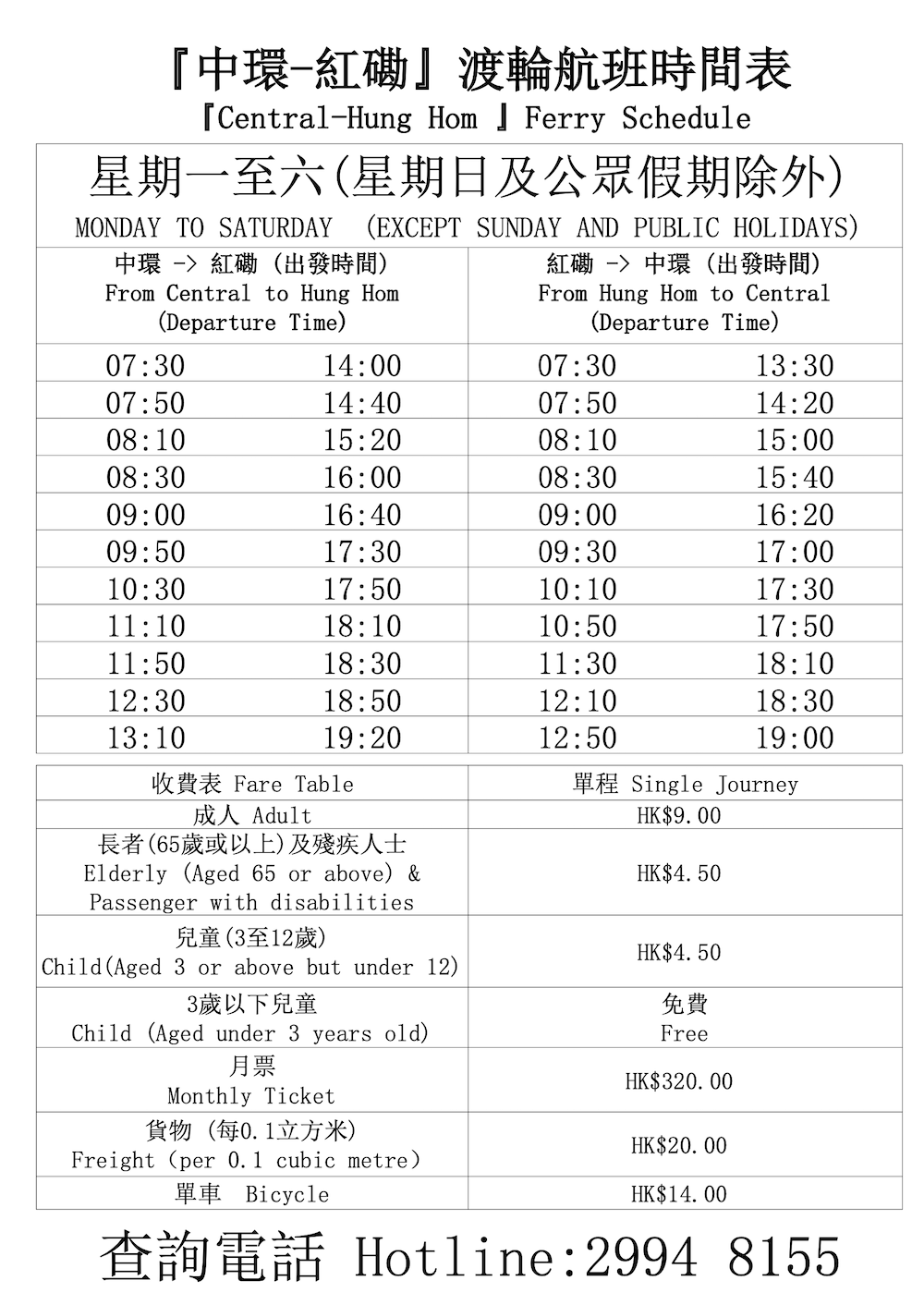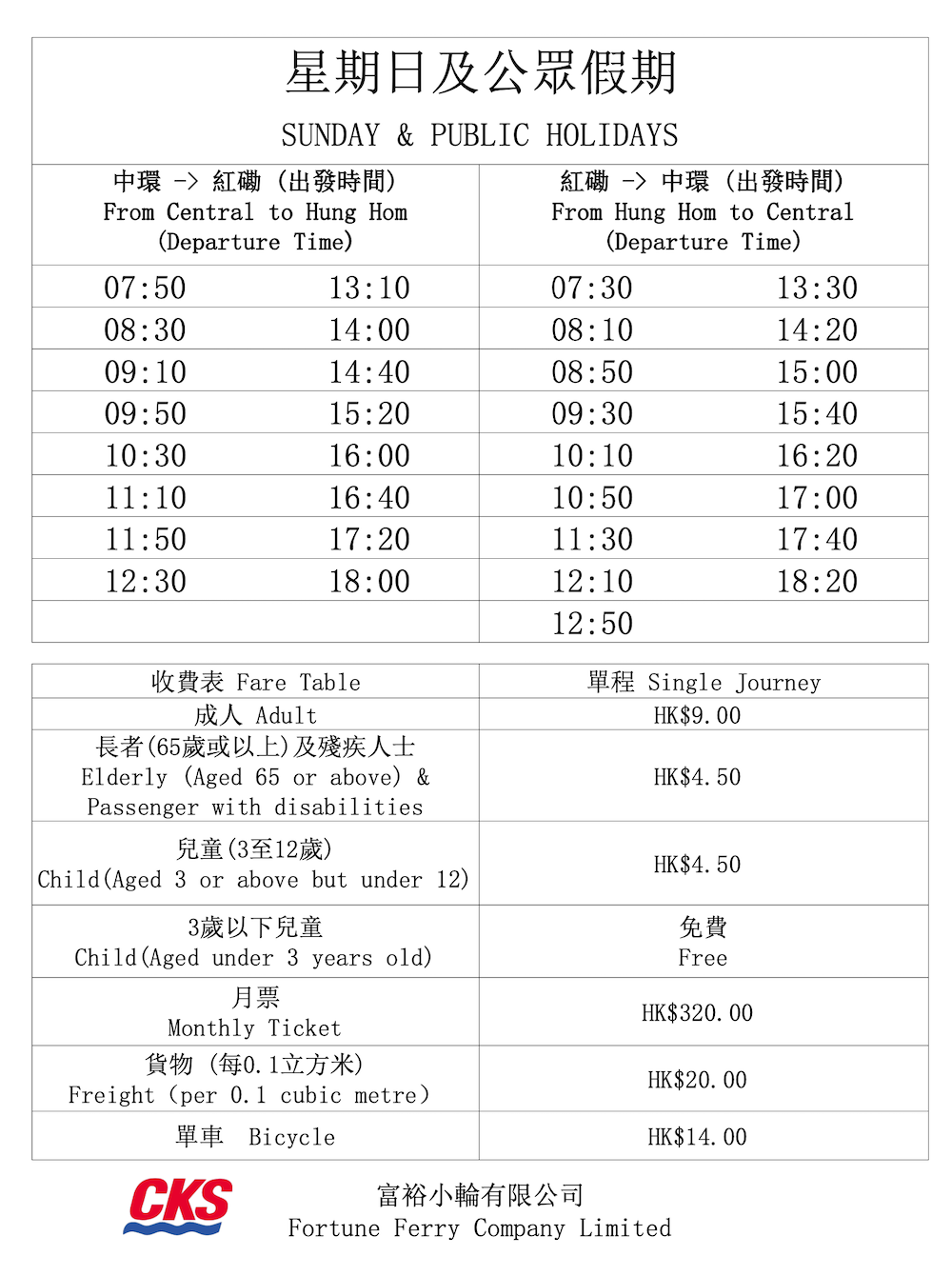Yet more illogical changes to Hong Kong’s social distancing measures. Why is it ‘safe’ to go to the cinema or have a massage – yet not sit on the beach in the sun where the sunshine can kill the virus and help strengthen the bodies defences against the virus. Why can four people sit in a restaurant to drink and eat but not in a bar?…
Social distancing measures will be relaxed from 21 April in three phases over a period of three months. Use of LeaveHomeSafe and Vaccine Pass upon entering premises will still be required.
Phase 1:
• Reopening of amusement game centres, fitness centres, places of amusement, places of public entertainment, beauty parlours and massage establishments, sports premises, event premises and religious premises, where the number of persons per group gathering will be 4 generally.
• Relaxation of dine-in service hours at catering premises to 10pm, with the maximum number of persons allowed per table increased to 4; bars/pubs to remain closed.
• Reopening of all sports premises, museums, performance venues and libraries under the Leisure and Cultural Services Department.
• Masks-on all the time (including when doing exercise) except under necessary circumstances, e.g. eating or drinking at catering premises, receiving facial treatment at beauty parlours.
• Relaxation of the restriction on the maximum number of persons per group gathering in a public place to 4; cancellation of the prohibition on multi-household gatherings at private premises involving more than 2 households.
Phase 2:
• Reopening of the remaining scheduled premises, i.e. swimming pools, bathhouses, party rooms, clubs/nightclubs, karaoke establishments, mahjong/tin kau premises and cruise ships; relaxation of the restriction on the maximum number of persons per table/group gathering at scheduled premises to 8 by and large.
• Reopening of beaches under Leisure and Cultural Services Department.
• Masks-off allowed in outdoor areas of country parks, when engaging in strenuous physical activities in outdoor public places, at sports premises and fitness centres, etc.
• Further relaxation of dine-in service hours at catering premises to midnight, with the maximum number of persons allowed per table increased to 8; reopening of bars/pubs, with the opening hours until midnight/2am and maximum number of persons allowed per table at 4
Phase 3:
• Lifting of the restrictions on the maximum number of customers in terms of capacity limit, business/dine-in hours, maximum number of persons per group gathering, etc. at all catering premises (including bars/pubs) and scheduled premises
The Government Covid website is www.coronavirus.gov.hk
